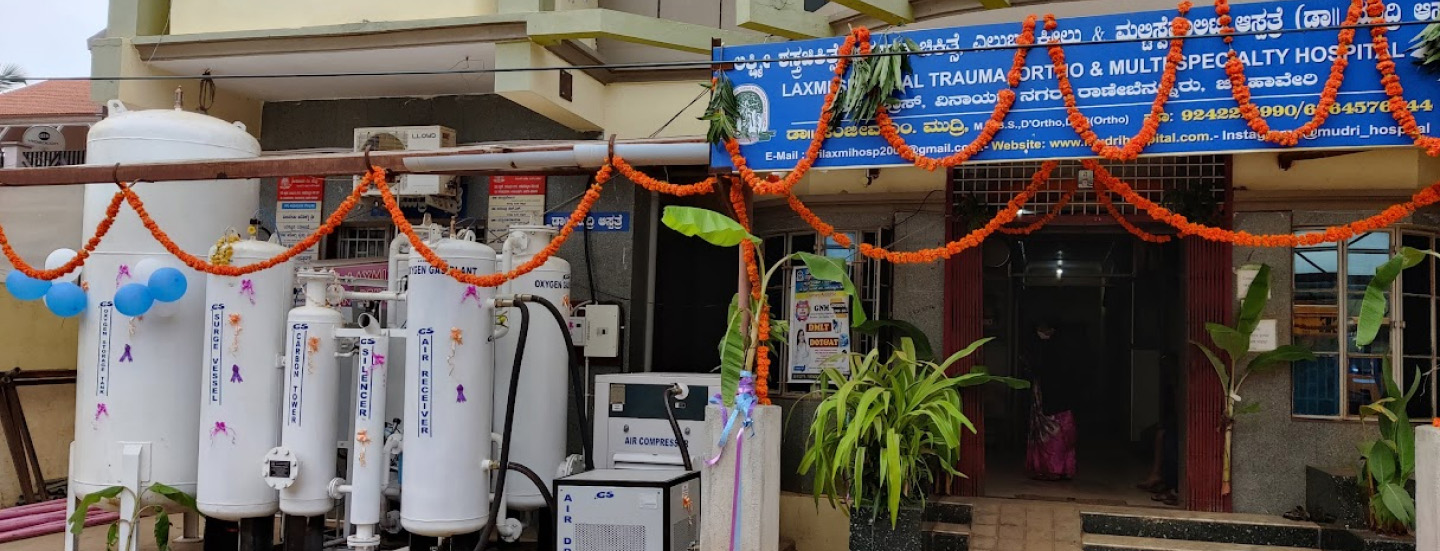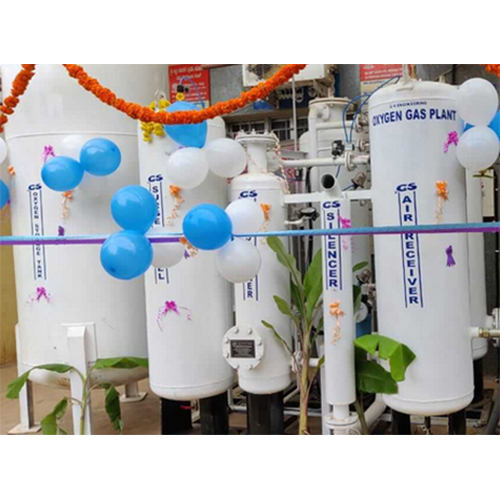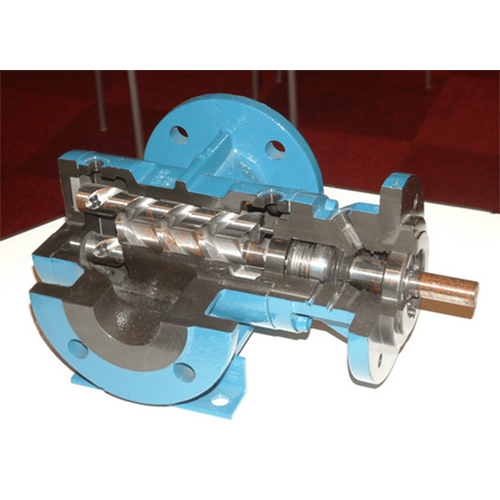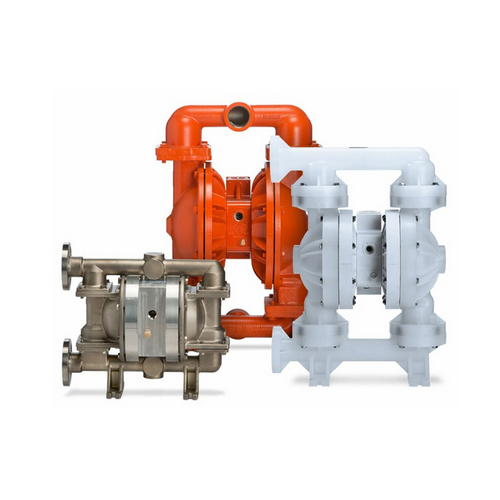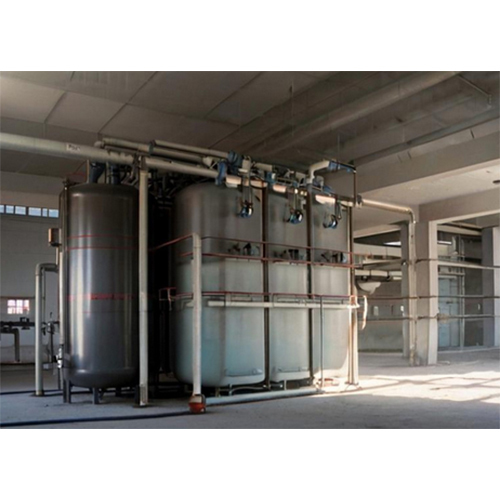Desiccant Air Dryer
80000.0 आईएनआर/टुकड़ा
उत्पाद विवरण:
- स्त्रोत CATALOG
- चालित प्रकार Not Mentioned
- स्पीड Not Mentioned
- मोटर पावर Not Clearly Visible
- अधिष्ठापन दिशानिर्देश Not Visible
- तापमान सीमा Not Mentioned
- एक्सेसरीज़ Not Clearly Visible
- अधिक देखने के लिए क्लिक करें
X
मूल्य और मात्रा
- 1
उत्पाद की विशेषताएं
- Not Mentioned
- Black
- Not Mentioned
- Heavy Weight (Exact Value Not Visible)
- CATALOG
- Not Clearly Visible
- Not Visible
- Not Mentioned
- High Capacity (Exact Value Not Visible)
- Desiccant Technology for Air Drying
- Not Clearly Visible
- High Efficiency
- Steel or Metal Frame
- Not Mentioned
- Not Clearly Visible
- Not Clearly Visible
- Not Clearly Visible
- Not Mentioned
- Not Clearly Visible
- Desiccant Air Dryer
व्यापार सूचना
- GREATER NOIDA
- प्रति सप्ताह
- हफ़्ता
- WOODEN BOX
- ISO9001 :2015
उत्पाद वर्णन
Types of desiccant
The type of desiccant used can affect many aspects of dryer performance, in particular the dew point of the dryer. The most common desiccants used and their dew points are:
- Silica gel: -40 deg F (-40 deg C) dew point
- Activated alumina: -40 deg F (-40 deg C) dew point
- Molecular sieve: -100 deg F (-73 deg C) dew point
Tell us about your requirement

Price: Â
Quantity
Select Unit
- 50
- 100
- 200
- 250
- 500
- 1000+
Additional detail
मोबाइल number
Email

